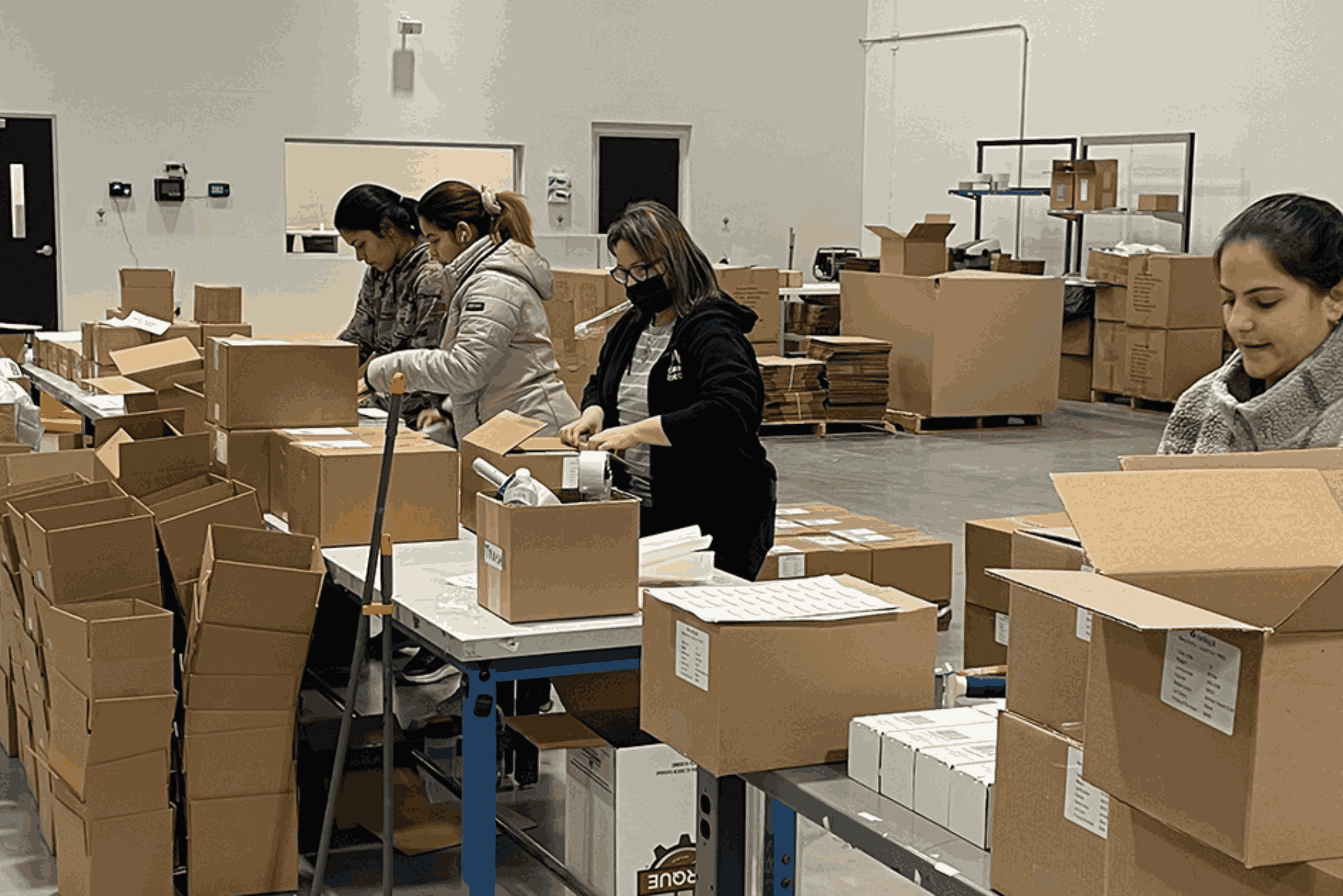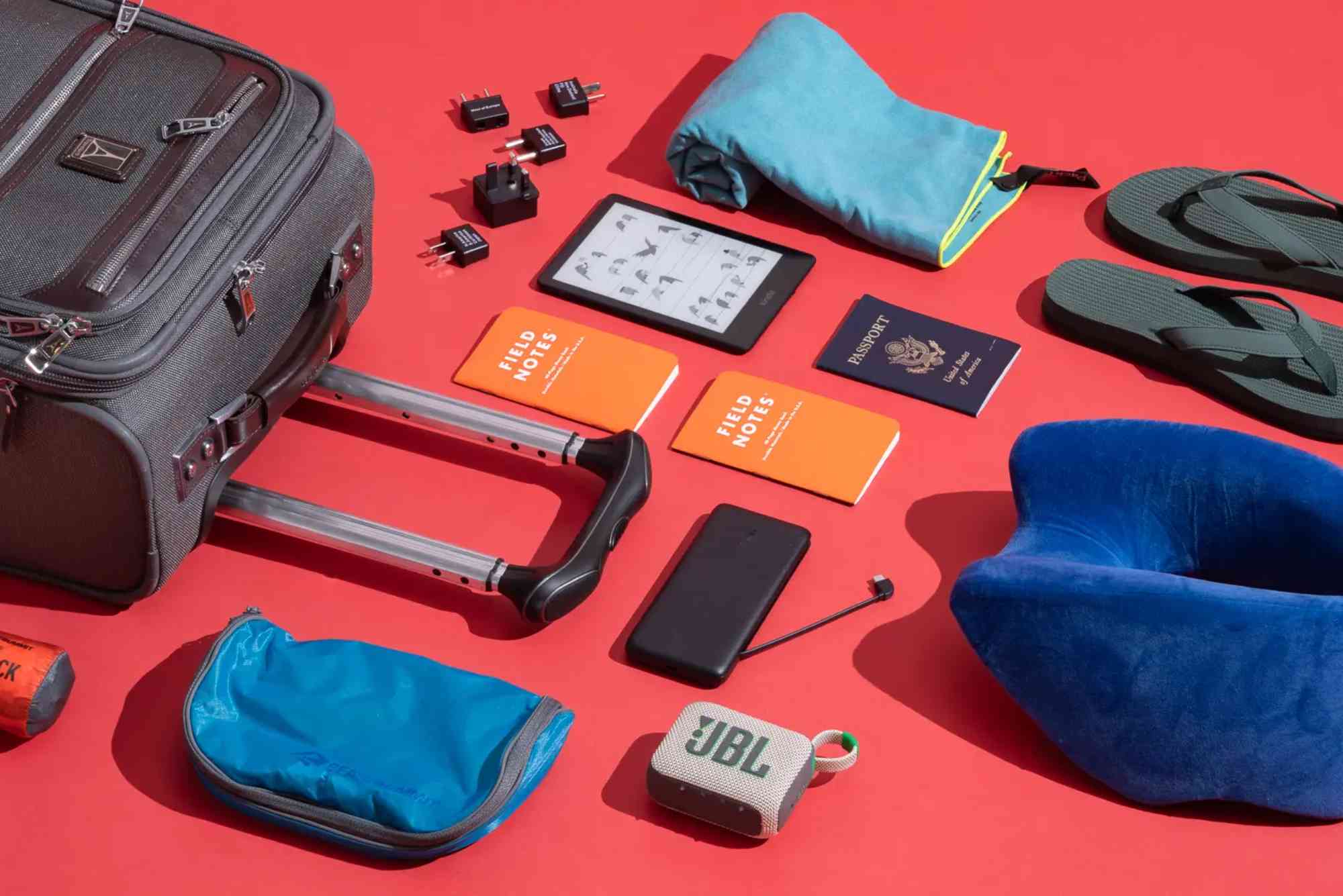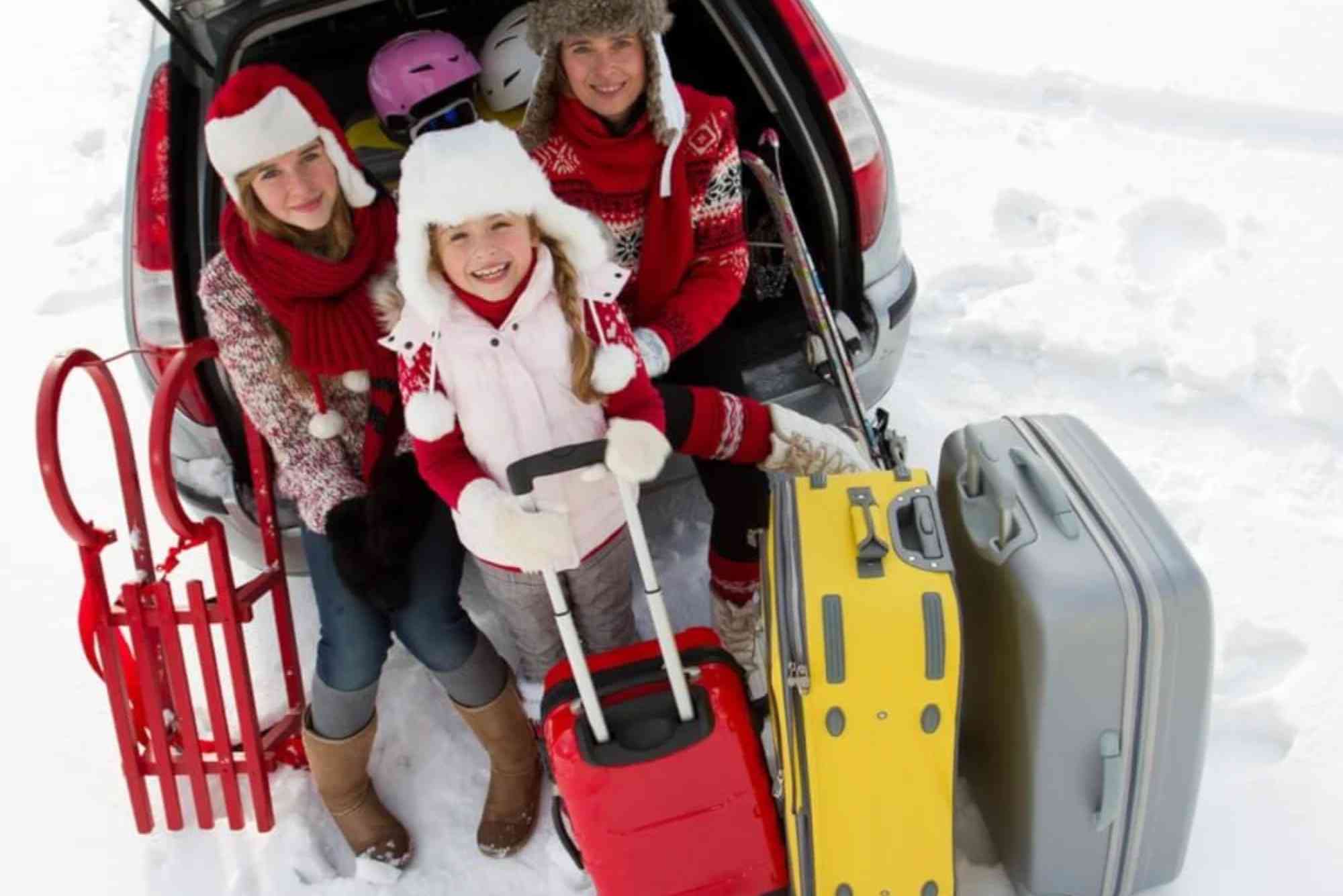As Pakistan’s textile exports grow, hosiery items like socks, stockings, tights, and leggings are frequently shipped across the country and internationally. With rising demand from the Gulf, Europe, and North America, ensuring the safe delivery of these delicate products is now more critical than ever.
For businesses in Multan, Faisalabad, Bahawalpur, and other parts of South Punjab, one overlooked yet essential element in preventing losses is the hosiery packaging method used during shipping. A minor tear or moisture infiltration during transit can lead to rejected shipments or bad reviews—especially in eCommerce.
This article provides a comprehensive, expert-backed guide on how to keep hosiery safe during shipping, aligned with the latest international trends and tailored for Pakistan’s logistics and export systems.
Understand Shipping Hazards for Hosiery Products
Hosiery is vulnerable to tearing, compression, moisture, and deformation during transit.
Hosiery items are typically soft, stretchy, and lightweight—making them vulnerable to external pressures during logistics. From crowded courier bags to bumpy freight trucks across Rahim Yar Khan or port handling at Karachi, packaging must be engineered to absorb shocks and repel moisture.
Common Shipping Risks for Hosiery:
-
Snagging on rough surfaces or box flaps
-
Compression or folding damage during stacking
-
Humidity-related mold in non-ventilated cartons
-
Inconsistent temperatures during export logistics
Example: A hosiery supplier from Lodhran faced a 40% return rate in 2023 after using thin plastic wrappers for export to Dubai—due to moisture buildup during sea freight.
Moisture-Resistant Packaging for Hosiery
Quick Answer: Use laminated cartons, silica gel sachets, and anti-fungal wraps to prevent moisture damage.
Shipping hosiery through long-haul routes or humid regions like Sindh or the Middle East requires moisture-resilient packaging. This is especially crucial during monsoon seasons or maritime exports.
Moisture-Protection Methods:
-
Laminated corrugated boxes for outer shipping
-
Vacuum-sealed polybags for individual items
-
Desiccant packs (silica gel) in each box
-
PE-coated tissue or liners to avoid direct moisture contact
Ignite Report Insight: A Sahiwal-based hosiery brand supported by Ignite implemented moisture-barrier liners and saw a 27% improvement in product retention during export.
Compression-Resistant Hosiery Packaging
Use box dividers, rigid inserts, and layered stacking to protect against pressure damage.
Soft hosiery, when compressed too much, loses shape and elasticity. Boxes stacked in containers from Sialkot to Hamburg or Dubai often face over 40kg per layer. That’s why it’s critical to structure your packaging for vertical protection.
Compression-Safe Solutions:
-
Rigid tray inserts to hold hosiery shape
-
Bubble wrap or air-pouch cushioning
-
Box dividers to reduce item stacking
-
Reinforced carton walls for bottom layers
Case Study: A hosiery exporter from Bahawalnagar introduced tiered inner packaging in cartons and decreased product deformation claims by 35%.
Hosiery Packaging for International Freight
Quick Answer: Export-friendly packaging must meet both customs compliance and protection standards.
Export packaging involves more than just strength. Global freight—whether air, sea, or road—requires compliance with country-specific regulations on labeling, packaging recyclability, and item handling.
Export-Ready Packaging Practices:
-
Shrink-wrap individual units in recyclable sleeves
-
Use export-grade outer cartons (5-ply or more)
-
Apply product barcodes and batch codes on cartons
-
Label orientation and handling instructions (fragile, top load)
Expert Quote: “Customs compliance and product integrity go hand in hand. Bad packaging delays everything.” — CEO, Ignite Pakistan
Hosiery Product Separation and Layering
Quick Answer: Separating hosiery items using dividers or tissue layers avoids entanglement and snagging.
Shipping multiple pairs of hosiery in one box—especially gift sets or combo packs—demands organized placement to prevent tangling or compression. Retailers in Vehari and Mianwali are increasingly demanding layered hosiery packaging for better shelf-readiness.
Practical Separation Methods:
-
Tissue interleaving between pairs
-
Cardboard U-fold inserts for folded socks
-
Mesh pouches for premium hosiery
-
Compartment trays for gift boxes
🧪 Regional Note: Bridal hosiery packs from Khanewal use velvet-padded separators to preserve lace and embroidery during transport.
Midpoint Anchor Placement
Many Pakistani hosiery exporters are now upgrading to protective and branded packaging by partnering with reliable providers like Buddy Packaging. Their hosiery packaging solutions are designed with international transit in mind—combining durability, visual appeal, and cost-effectiveness.
Secure Hosiery Packaging Seals
Quick Answer: Sealed packaging ensures hygiene, protects against pilferage, and avoids tampering.
In both B2C and B2B logistics, open or loosely packed hosiery is a major liability. Seals help maintain freshness, assure retailers of untouched goods, and enhance brand trust—especially for health or maternity socks.
Sealing Techniques to Consider:
-
Heat-sealed polybags with tamper-evident strips
-
Branded adhesive labels across box lids
-
Tamper-proof stickers on fold flaps
-
Shrink-wrapped retail boxes with barcode overlays
Tip from Multan Export Hub: Hosiery shipped to Scandinavian markets now requires tamper-proof packaging under new customs protocols.
Smart Labeling for Hosiery Shipments
Quick Answer: Intelligent labeling improves tracking, reduces errors, and supports customs clearance.
Accurate and smart labeling is vital for bulk hosiery shipments. Errors in size, color, or SKU labels lead to return costs and reputational damage. Brands in Dera Ghazi Khan and Sargodha are now using QR-based label systems.
Effective Labeling Practices:
-
Barcode + SKU + size on individual items
-
Box labels with total count, color codes, and PO references
-
Digital QR codes linked to product specs or warranty pages
-
Dual-language labeling for UAE and EU exports
📈 STZA 2024 Update: South Punjab textile zones under STZA have begun onboarding digital labeling tech with blockchain-based tracking.
People Also Ask
Q1: How do you pack socks for safe shipping?
Use tissue or dividers, place in polybags or boxes, and cushion the outer carton with padding.
Q2: What material protects hosiery from humidity?
Laminated kraft, PE-coated inserts, and desiccants like silica gel work best.
Q3: Can hosiery be vacuum-sealed for shipping?
Yes, especially for bulk shipments, vacuum sealing reduces volume and prevents air/moisture exposure.
Q4: How do I prevent socks from getting squished during shipping?
Use rigid inserts, tiered layers, and limit overstacking in outer cartons.
Q5: Do I need export-compliant packaging for the EU?
Yes, including recycling labels, material safety declarations, and correct product marking.
Q6: What happens if packaging fails during transit?
Returns, negative customer feedback, and potential customs hold-ups. Proper packaging reduces these risks.
Q7: How do I label hosiery packages for eCommerce?
Include product name, SKU, barcode, size, and branding. QR codes and care instructions are bonus points.
Final Thoughts
As a textile packaging consultant working in South Punjab, I’ve seen how simple packaging upgrades save thousands of rupees in logistics losses. Whether it’s a startup in Bahawalpur or a scale-up in Faisalabad, the message is clear: smart packaging equals safe delivery.
It’s no longer just about how your hosiery looks—it’s about how it travels. From anti-moisture liners to reinforced corners, every detail counts. With the support of initiatives like Ignite’s packaging upskilling programs and STZA’s smart export clusters, Pakistan’s hosiery sector is ready to scale.
Make your packaging work for you—protect your product, protect your profit.







